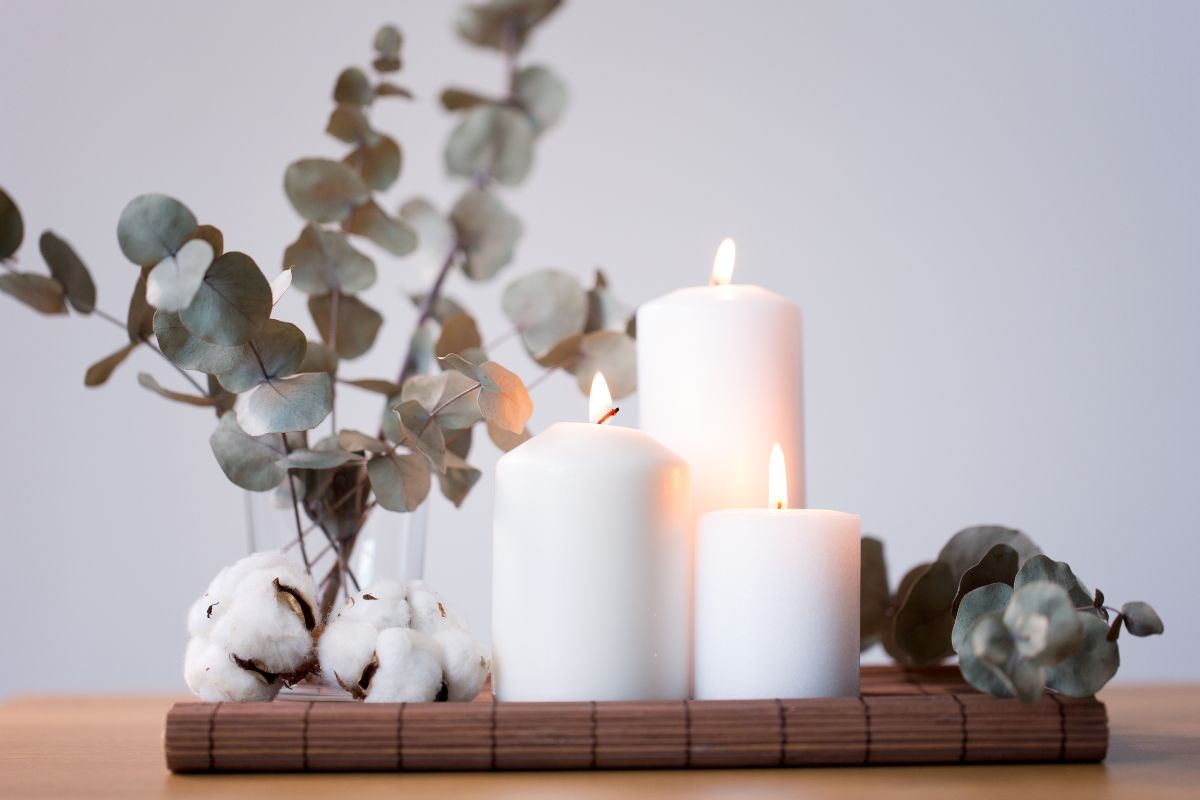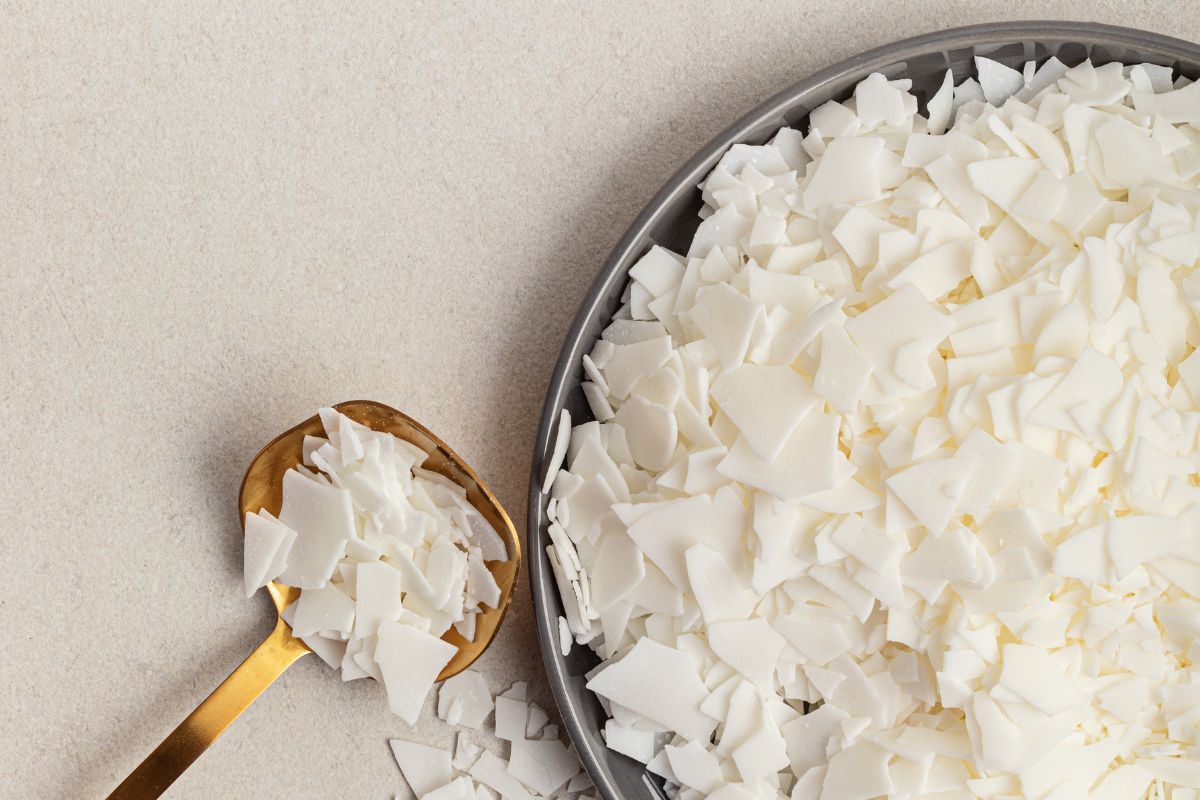
Not everyone bears the stress and strain of everyday life in the same way. Some people take difficulties, conflict, and general unfairness in their stride. Others are shocked, depressed, and made anxious by the ways of people and the world.
The latter must find a way to bring their mind and body back into balance. Meditation is a good way to do so. I am not much into meditation myself, but a number of my friends are.
They never hesitate to share with me the benefits of the practice. They know that I am a writer, that I am observant, and that I tend to hear and later record the various conversations that I have with them. That is why my meditating friends go into detail about their sessions and the objects they use in them.
They all use meditation candles, which is why I have learned so much about them over the years. If you are thinking about getting into meditation, you should use meditation candles. The following article will give you some insight into the types of candles available on the market and many other things you should know.
What are Meditation Candles?
Put simply, they are pieces of scented wax that are composed and designed to help set the mood for your meditation. Meditation candles are meant to help you relax and to focus. They have been used by meditators for hundreds of years, and many use them as the focal point of their meditation.
Staring at a flickering flame can be calming and hypnotic. The soothing scent of a meditation candle will greatly enhance your experience.
Types of Candles for Meditation

There are many different meditation candles. They are composed of a wide variety of waxes and scents. Here are some of the most popular.
1. Jasmine and Ylang-Ylang
This candle consists of a fusion of fragrances, including ylang-ylang, jasmine, chamomile, and musk. It uses a potent concentration of ylang-ylang plant extract, which makes it the perfect choice for an aromatherapy session. The candle is made of 100% soy wax and a 100% lead-free cotton wick.
It will burn for 60 to 80 hours.
2. Geranium Lavender

This candle is a blend of lavender and geranium bud. When lit, it contributes to the creation of a comfortable, calm, and relaxing atmosphere. It is the perfect candle to use for a meditation session that focuses on opening your mind and centering your thoughts.
The candle is made of beeswax, which results in a longer, cleaner burn. It also contains a wooden wick that crackles when burning. The candle will burn up to 65 hours.
3. Chakra Candle

This candle is associated with chakra or divine energy and self-realization. As such, it blends frankincense, patchouli, and labdanum. It is also made of palm wax and 100% pure essential oils.
You can purchase palm wax that is eco-friendly.
4. Wax and Oils Lavender

This candle is for those who have had an exceptionally tense and stressful week. It is made of hand-poured wax and oils and is completely free from parabens, additives, petroleum, and other harmful chemicals. It is the perfect candle to pair with your meditation.
It will help decrease stress, relax you, and reduce your anxiety.
5. Lemongrass Eucalyptus

The candle is made of eucalyptus, lemongrass, mint, and lavender. Lighting this candle during meditation will help you focus. It will also help you regain confidence and tap centers of creativity within your subconscious.
The candle is composed of a natural soy wax blend.
The Best Candle Ingredients
While the scents and fragrances of a candle are important, you must also give some attention to the other ingredients in the candle, especially the kind of wax used to make it. The candle wax, wick, and fragrances may contain chemicals that can negatively impact your health. If you are an environmentally-conscious person and you are determined to purchase only natural products, then you must be sure that the meditation candles you buy meet these criteria.
Here are some of the best waxes for meditation candles:
Soy Wax

This wax comes from soybean oil. The latter is extracted using a mechanical press or by using a solvent. It is then hydrogenated, which solidifies the oil into the wax.
These are some of the benefits of soy wax:
- Non-toxic
- Vegan
- Burn longer
- Biodegradable
- Burns soot free
There is another benefit. When you buy a soy wax candle, you help support soy farmers.
Beeswax

Beeswax is one of the more labor-intensive waxes to make—mostly for the bees! For every 100 pounds of bee honey produced, farmers can only extract 1 to 2 pounds of beeswax. Beeswax is not vegan.
However, it is environmentally friendly, non-toxic, and chemical-free. The wax is naturally scented and has a higher melting temperature, which makes these candles last longer. In summary, the benefits of using beeswax are:
- Biodegradable
- Non-toxic
- Longer burn
- Hypo-allergenic
Now we turn to candle scents. Although some of the same scents were dealt with in the candle types section, here we present a kind of summary. Here are some of the best candle scents:
1. Ylang-Ylang
This scent has an inviting floral and slightly feminine aroma. My friends swear that it is the best candle to burn for the reduction of stress and the alleviation of sadness. For what it’s worth, some of my naughtier comrades have told me that Ylang-Ylang also increases sexual desire.
2. Jasmine
Jasmine has been used in Asia for centuries as a remedy for depression, anxiety, and emotional distress. In meditation sessions, it is used to calm and relax the practitioner. Burning jasmine meditation candles will help brighten your mood and send your worries away.
3. Frankincense
This scent has properties that can reduce feelings of anxiety and can stimulate the immune system. You can add frankincense to your morning or mid-day meditation to help you focus, attain inner calm, and get yourself grounded enough to take on the hours ahead.
4. Patchouli
This is a type of aromatic herb that has a woodsy, sweet, spicy scent. Indeed, this is the oil that many 60s hippies used when striving to attain altered states of consciousness. They were not wrong to do so.
Breathing patchouli has been shown to stimulate the production of serotonin and dopamine, both of which are great for easing anxiety, stress, and frustration. This scent pairs well with frankincense.
5. Lavender
This scent consists of a sweet floral smell. It can help ease anxiety and calm nerves. Indeed, lavender has been shown to help with insomnia. It is best used for evening meditation sessions.
A Brief History of Meditation and Meditation Candles in the West
Meditation has been practiced in Asia for centuries. It first made its way to the West in the 1700s. It was then that Eastern philosophy texts which contained references to meditation techniques and practices were translated into European languages.
The Upanishads, The Bhagavad Gita, and The Buddhist Sutras were among these books. Despite these translations, meditation was a topic only for philosophers. In the 19th century, the most famous exponent and promoter of meditation was the German philosopher, Arthur Schopenhauer.
His great work The World as Will and Representation is laced with quotations from Eastern philosophical texts. Schopenhauer was well ahead of his time in his understanding of the ways in which modern life contributes to the breakdown of mental health. He believed that art, especially music, could help alleviate such suffering.
He was also a big proponent and promoter of meditation. The practice of meditation did not reach the United States until the 20th century when Swami Vivekananda delivered a presentation at the Parliament of Religions in Chicago. This presentation created a surge of interest in Eastern spirituality.
This new interest prompted other spiritual teachers from India to migrate to the United States. Spiritual representatives from different Buddhist schools of thought also made their home in the country. Meditation began to creep into America’s suburbs, which brought it closer and closer to the mainstream.
By the 1960s and 70s, meditation was being researched scientifically. The academic community sought to understand its impact on mental health. A host of scholarly publications appeared and then came the spread of meditation centers.
In 1979, Jon Kabat-Zinn introduced his Mindfulness-Based-Stress-Reduction (MBSR) program and opened the Stress Reduction Clinic. The mindfulness movement continued to expand in the 1990s. Williams, Teasdale, and Seagal further developed Kabat-Zinn’s program with applications for individuals struggling with depression and anxiety.
They called their approach Mindfulness-Based Cognitive Therapy (MBCT) and produced excellent results. In fact, the MBCT approach has been clinically approved by the National Institute for Clinical Excellence in the United Kingdom. In 1993, Deepak Chopra published a book titled Ageless Body, Timeless Mind, which, after his appearance on Oprah in 1996, went on to sell 137,000 copies in one day.
The book brought Chopra worldwide fame and made him a go-to person on the subject. By the turn of the 21st century, meditation had become a mainstay of healthy living. It helped power the yoga and organic food movement and is often used in combination with both these practices.
While the early meditation movement in the West was more concerned with clinical treatments and group sessions, the latest iteration of meditation is much more decentralized. It encourages people to forge meditative practices that work for them. This has led to a greater role for meditation candles.
As meditation has become more widespread and domesticated, people have searched for ways to enhance their meditative experience. The use of candles made of certain scents and other ingredients has made the personal experience of practitioners deeper and more worthwhile.
